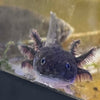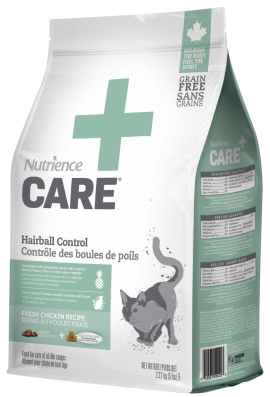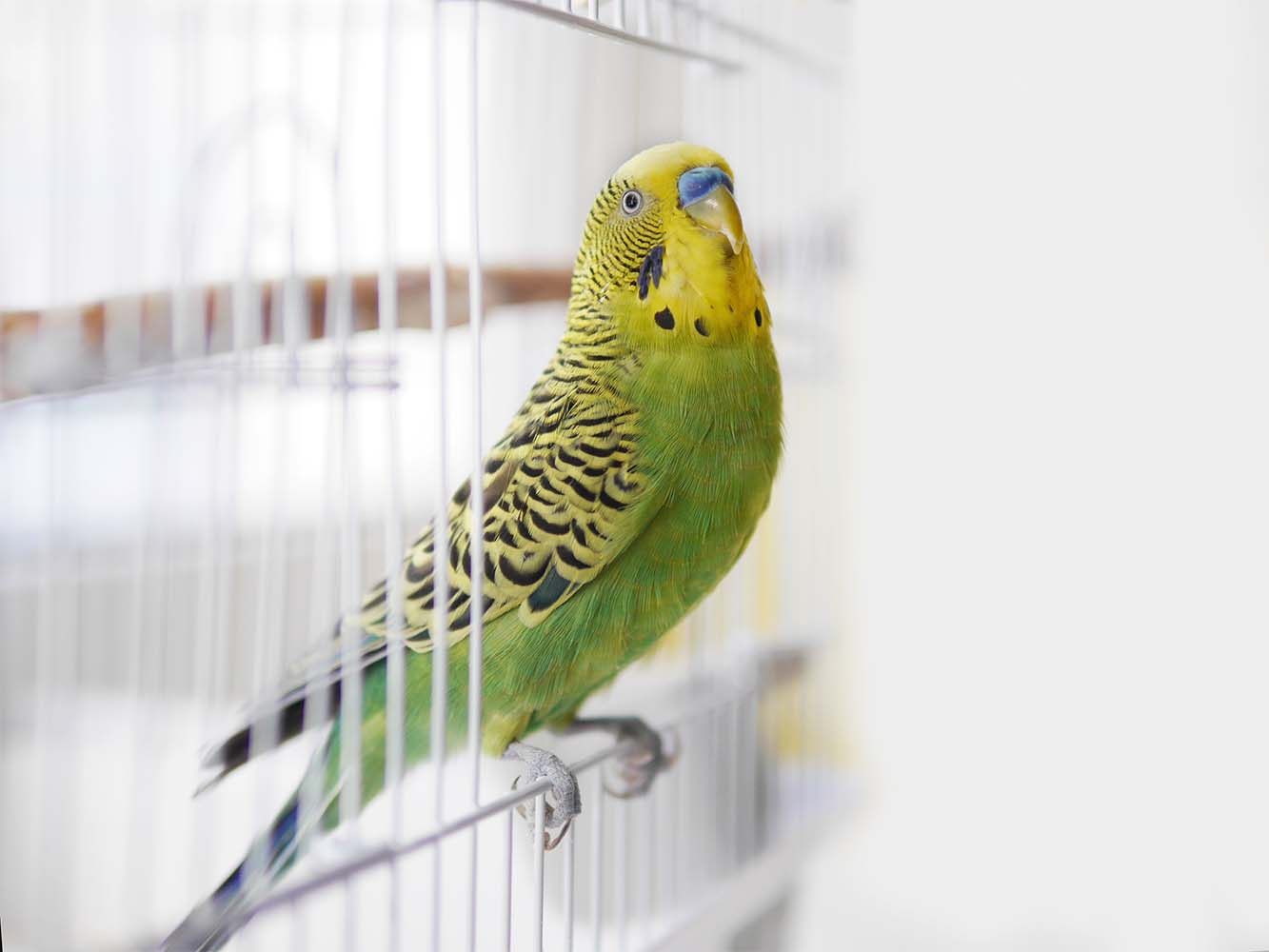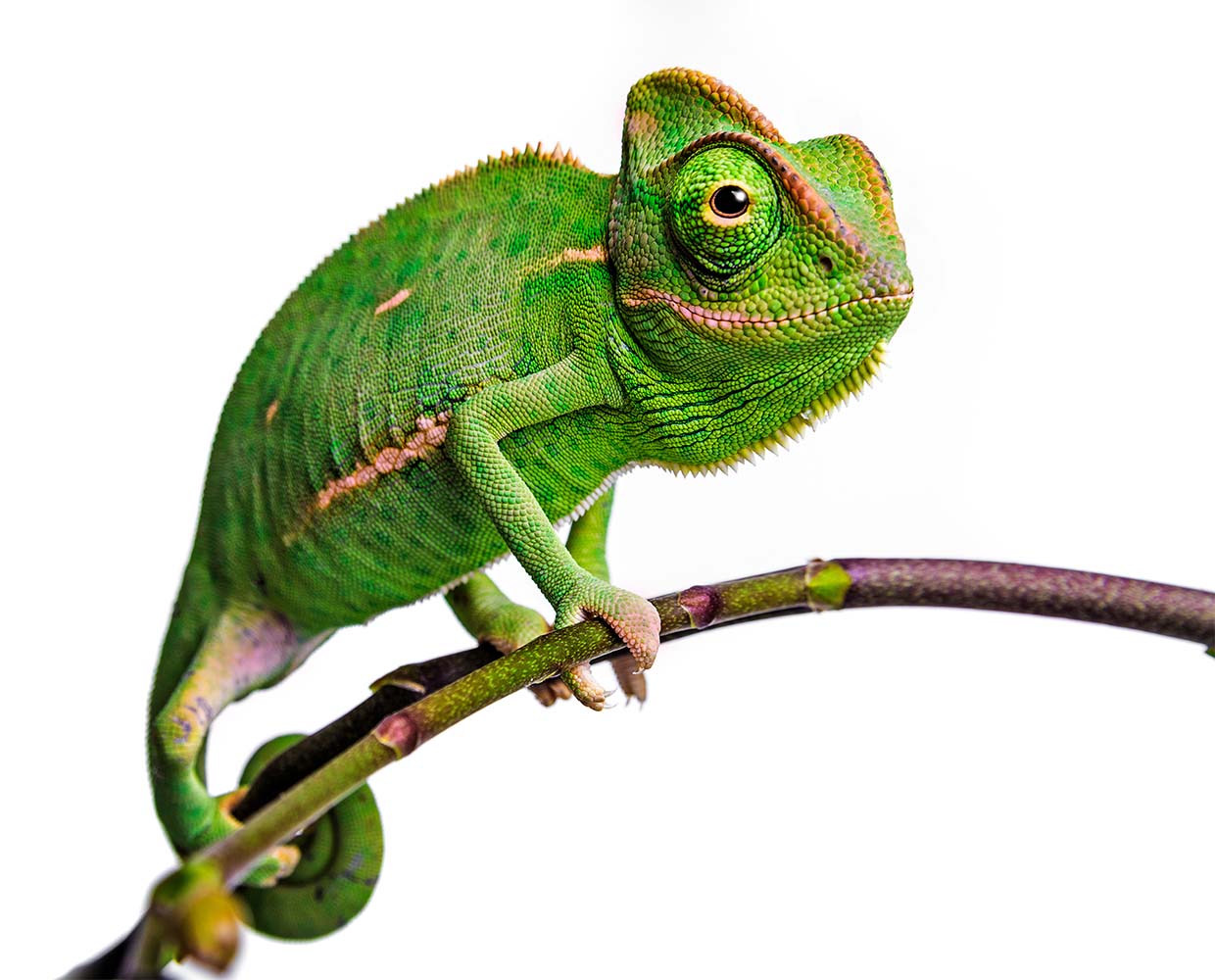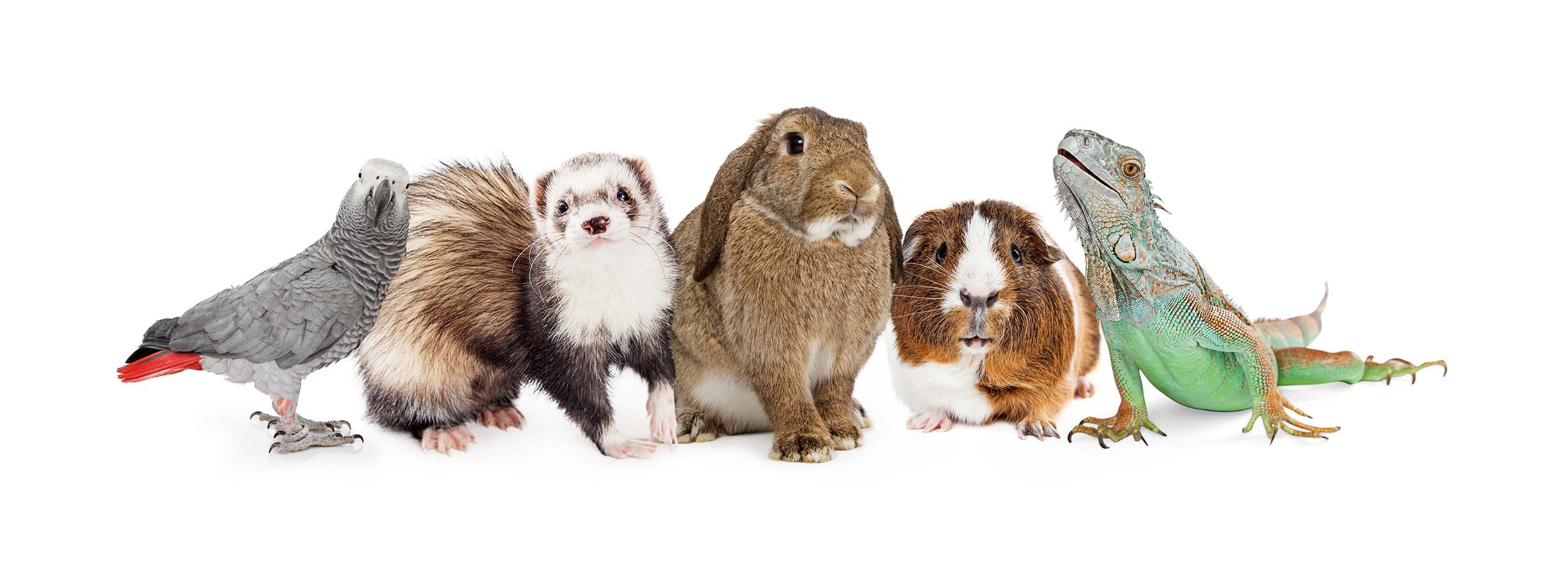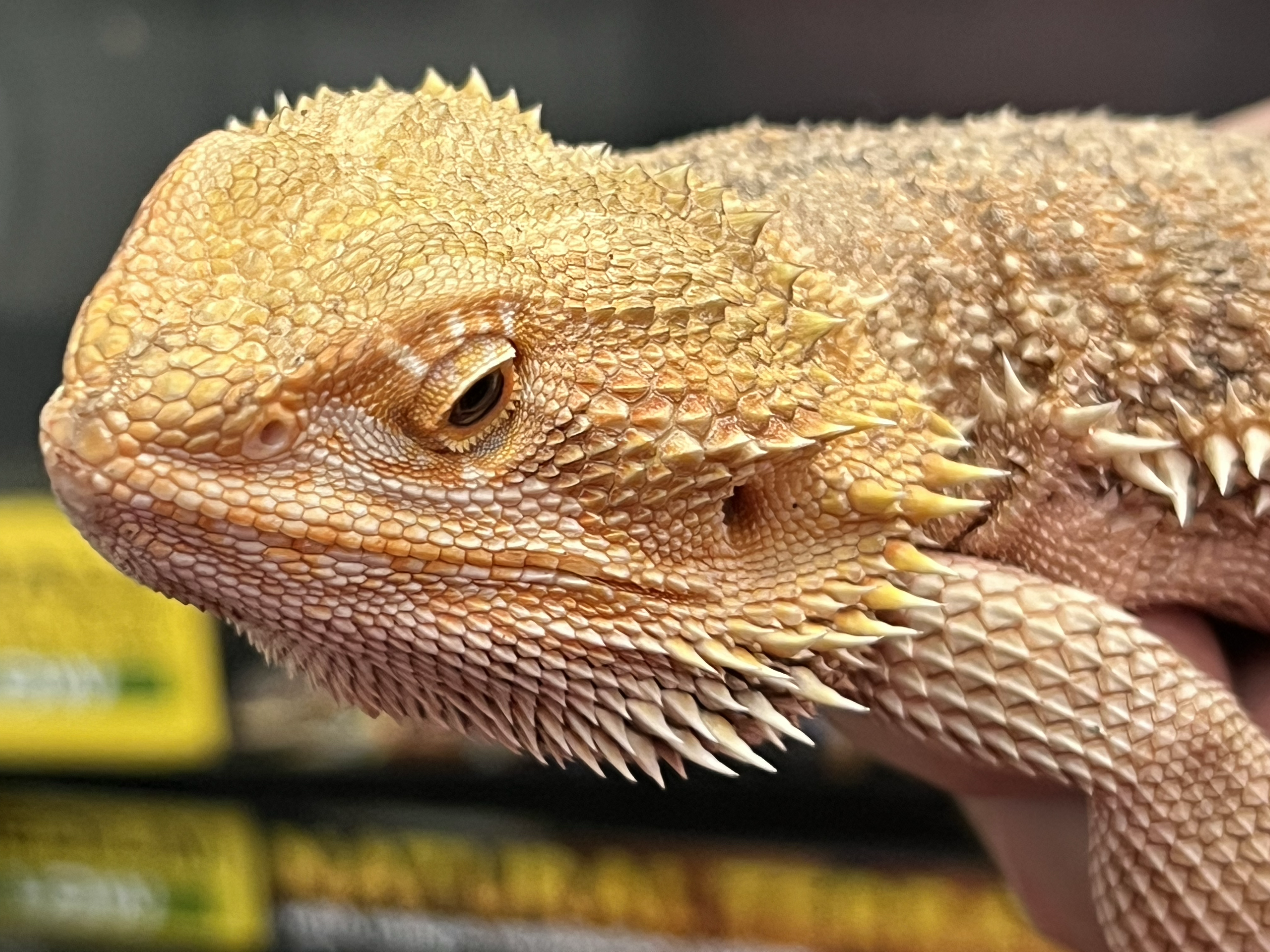
Bearded Dragon Basics: A Guide to Caring for Your Scaly Companion
Welcome to the fascinating world of bearded dragons! These charming reptiles, known for their distinctive "beards," have captured the hearts of pet enthusiasts worldwide. If you're considering bringing a bearded dragon into your life or are a new owner, this blog is your go-to guide. From creating the perfect habitat to understanding their dietary needs, let's explore how to ensure your scaly friend lives a happy and healthy life.
1. Understanding Your Bearded Dragon
Bearded dragons, primarily from the arid regions of Australia, are among the most popular reptile pets. Their docile nature and relatively easy care make them ideal for both beginners and experienced reptile enthusiasts.
2. Creating the Perfect Habitat
- Enclosure Size: Your bearded dragon's home should be spacious. For an adult, a 40- to 75-gallon tank is ideal. Remember, bigger is better to allow for a temperature gradient.
- Temperature: A gradient of 75-85°F (24-29°C) across the enclosure is essential, with a basking spot of about 95-110°F (35-43°C). Nighttime temperatures can drop to 65-75°F (18-24°C). Use thermostatically controlled heaters to maintain these temperatures.
- Lighting: UVB lighting is crucial for vitamin D3 synthesis, vital for calcium metabolism. Ensure your bearded dragon gets 12-14 hours of UVB light daily.
- Substrate: Use reptile carpet, newspaper, or ceramic tiles. Avoid sand or gravel, which can cause impaction if ingested.
3. Diet and Nutrition. 
- Variety is Key: Bearded dragons are omnivores. Offer a mix of greens, vegetables, and live food. Favorites include collard greens, bell peppers, and crickets.
- Supplements: Calcium and vitamin D3 supplements are crucial, especially for young dragons to prevent metabolic bone disease.
- Hydration: Although they get most of their moisture from food, always provide a shallow dish of fresh water.
4. Handling and Interaction
- Gentle Handling: When acclimating your bearded dragon to handling, be gentle. Support their body fully and avoid sudden movements.
- Socialization: Regular, gentle interaction helps your dragon become comfortable with handling. But also respect their need for solitude and downtime.
5. Health and Wellness
- Signs of Good Health: A healthy bearded dragon is alert, active, has clear eyes, and eats regularly.
- Common Health Issues: Watch for signs of metabolic bone disease, respiratory infections, and impaction. A lack of appetite or lethargy can be a sign of illness.
- Veterinary Care: Regular check-ups with a reptile-savvy vet are essential to prevent and treat health issues.
6. Lifespan and Long-Term Care
With proper care, bearded dragons can live up to 10-12 years, sometimes longer. This commitment means considering their needs throughout their life, including possible changes in diet and habitat as they age.
7. Enrichment and Activities
- Environmental Enrichment: Offer rocks, branches, and hiding spots to stimulate their natural behaviors.
- Exercise: Allow supervised exploration outside their tank in a safe, escape-proof area.
8. Legal and Ethical Considerations
- Legal Aspects: Check local laws regarding exotic pet ownership.
Conclusion
Caring for a bearded dragon is a rewarding experience that brings joy and fascination into your home. By providing the right environment, diet, and care, you ensure your bearded dragon thrives. Always stay informed, consult with experts, and never stop learning about these amazing creatures. Your scaly companion depends on you for their well-being, and with the right care, you'll both enjoy many happy years together.
We hope this guide has been helpful in your journey as a bearded dragon owner. Do you have any tips or experiences with bearded dragons? Share them in the comments below!
